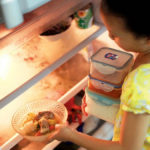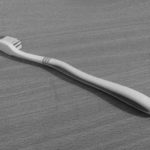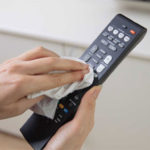1 How Many Times Can You Reheat Leftovers?

The answer is leftovers should only be reheated once. This is because, with each cycle of cooling and reheating, the risk of food poisoning increases. As food cools, bacteria can grow and multiply, and reheating may not eliminate all harmful bacteria, posing a risk to your health, especially your stomach.
Note that when reheating leftovers, ensure that the food is heated thoroughly, both inside and out. Simply warming the exterior may not kill all bacteria.
See Also: 9 Delicious Leftover Rice Recipes That Are Easy and Nutritious
2 How to Store Leftovers

– Once your food has cooled, use food storage containers or wraps to cover it securely before placing it in the refrigerator. Make sure the food is completely cool before refrigerating. Store different types of leftovers separately to avoid cross-contamination.
– Divide leftovers into smaller portions suitable for a single meal. When removing food from the refrigerator, cook it immediately and avoid returning it to storage.
– Maintain a refrigerator temperature below 4 degrees Celsius (39 degrees Fahrenheit) and a freezer temperature below 0 degrees Celsius (32 degrees Fahrenheit).

– Leftovers should be refrigerated within 2 hours of cooking. Leaving them out for longer is not recommended. Ideally, leftovers should be consumed within 4 to 5 hours of refrigeration. Certain foods like cooked rice, perishable produce, peeled eggs, seafood, and dairy-based dishes should be consumed on the same day and not reheated.
– Eat leftovers as soon as possible, as some bacteria, such as Listeria, can grow over time and cause illness.
While it’s commendable to want to save food and reduce waste, repeatedly reheating leftovers is not advisable, especially for those with digestive or stomach issues. We hope that with this information, you can make better decisions about consuming and storing leftovers.
Source: dantri.com.vn
Ten Strategies to Streamline Your Cooking Process
Are you a busy housewife looking for ways to save time in the kitchen? Did you know that flossing can also help you out? Check out these 10 tips to help you quickly and easily prepare delicious meals for your family. Learn how to peel garlic in 10 seconds and cut cherry tomatoes quickly for a healthy and tasty meal.







































